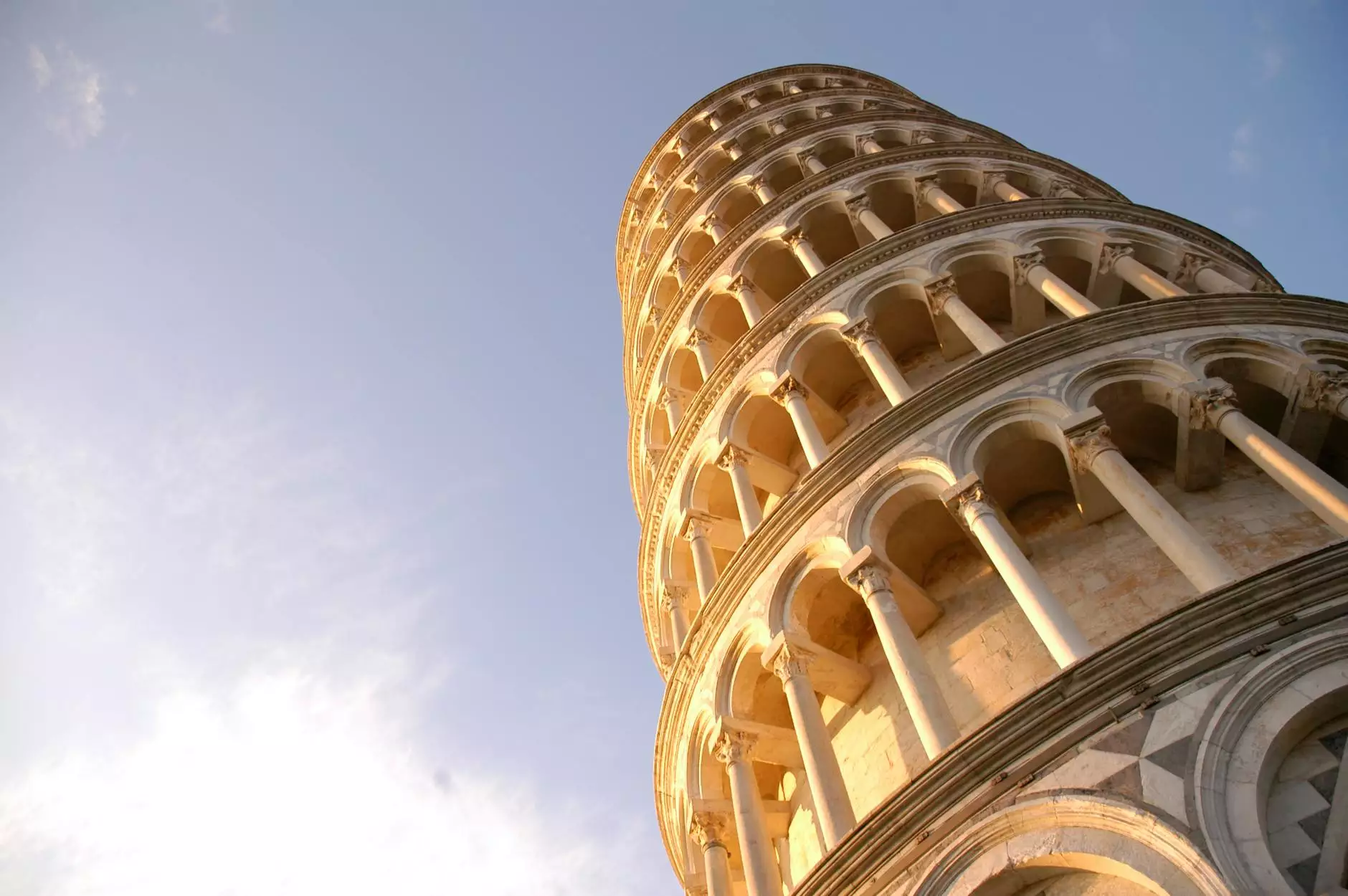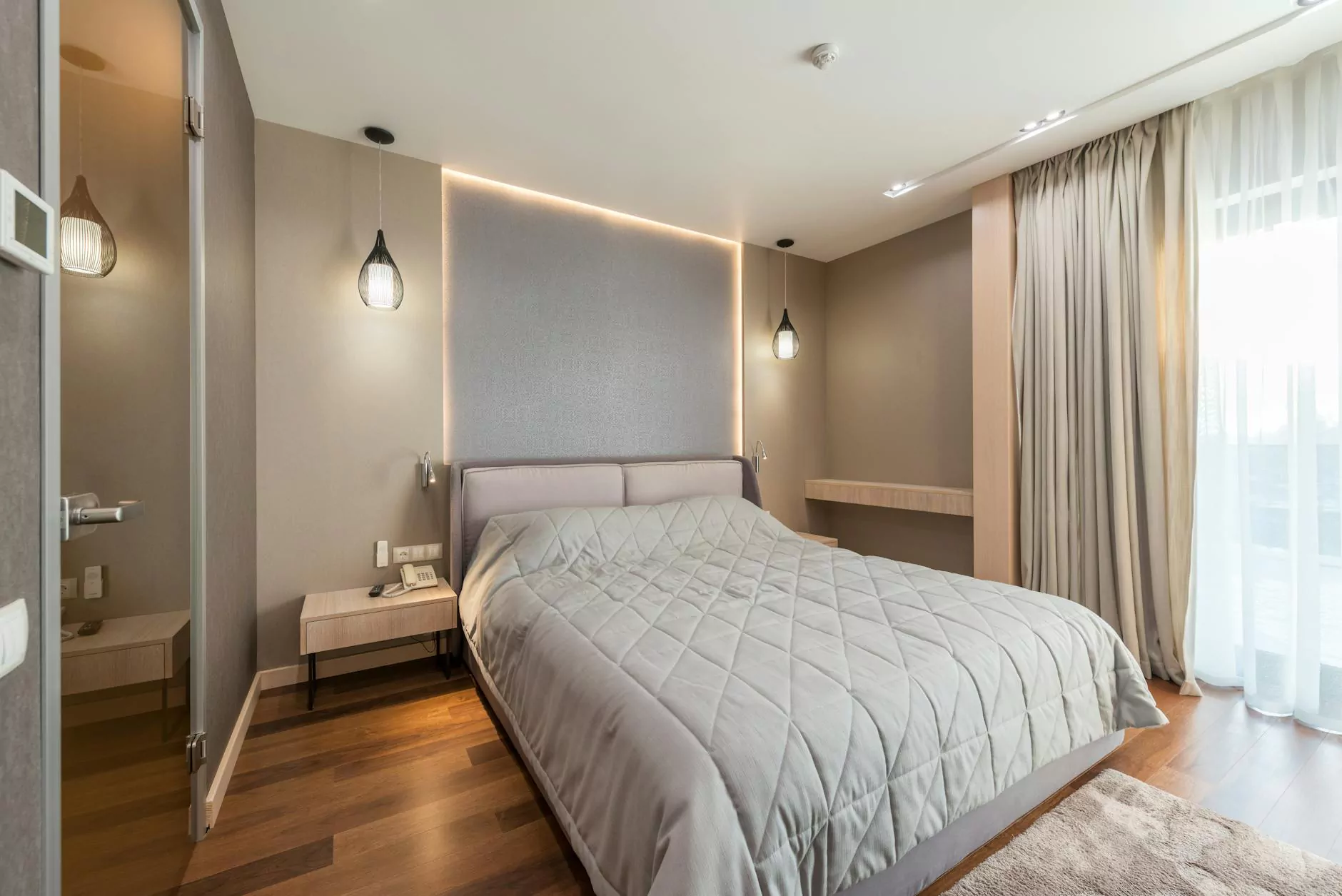Mastering Model Making: Transform Your Architectural Visions into Reality

In the dynamic world of architecture, model making stands as a pivotal technique that brings concepts and visions to life. By transforming abstract ideas into tangible representations, architectural models serve as a vital communication tool between architects, clients, and stakeholders. In this comprehensive article, we will explore the depth and breadth of model making, its importance in the architecture sector, and how it enhances the overall design process. We'll delve into the various techniques, materials, and benefits of this fascinating craft.
The Importance of Model Making in Architecture
Architectural designs can be complex, often involving intricate details that are difficult to convey through 2D drawings alone. That's where model making comes in. Here are some key reasons why model making is crucial in architecture:
- Visual Representation: Models provide a 3D perspective of the design, making it easier for clients to grasp the scale, proportion, and overall aesthetic.
- Enhanced Communication: They facilitate clearer discussions among architects, clients, and contractors, ensuring that everyone is on the same page.
- Problem Identification: By creating a physical model, architects can identify potential issues before construction begins.
- Marketing Tool: Stunning models can serve as fantastic marketing tools, capturing the attention of potential clients and investors.
Types of Architectural Models
There are several types of architectural models, each serving a unique purpose. Understanding these types can help architects choose the right model for their needs:
1. Presentation Models
These high-quality models are often used in meetings with clients or investors. They are detailed and aesthetically pleasing, showcasing the overall design vision. Materials like wood, acrylic, or 3D printed components are commonly used in presentation models.
2. Working Models
Working models are less about aesthetics and more focused on demonstrating how a building will function. These models often include movable parts and can be used to test different scenarios.
3. Study Models
Typically simple in design, study models are created to explore concepts and ideas. They are often used in the early stages of design to assess massing, volumetric relationships, and spatial dynamics.
4. Detail Models
As the name suggests, detail models focus on specific elements of a project, such as a facade or structural feature. These models help in understanding the intricacies of architectural details.
5. Contextual Models
Contextual models include surrounding buildings and landscapes to provide a comprehensive understanding of how the proposed design interacts with its environment.
Materials Used in Model Making
The choice of materials plays a significant role in model making. Here are some commonly used materials along with their benefits:
- Cardboard: Economical and easy to cut, cardboard is popular for creating quick prototypes and study models.
- Foam Board: Lightweight and available in various thicknesses, foam board is ideal for presentation models.
- Wood: Known for its durability and aesthetic appeal, wood is often used for high-end presentation models.
- Acrylic: Clear acrylic can be used to create stunning visual models that allow viewers to see through different layers.
- 3D Printing Materials: As technology advances, 3D printing has become a prevalent method for creating intricate and detailed architectural models.
Techniques in Model Making
Effective model making requires a blend of traditional craftsmanship and modern technology. Here are some common techniques used in the industry:
1. Handcrafting Techniques
Many architects still prefer traditional handcrafting methods, which include cutting, gluing, and assembling various materials. This approach allows for a high level of customization and creativity.
2. Digital Fabrication
With the rise of digital technology, methods such as laser cutting, CNC milling, and 3D printing have revolutionized model making. These techniques provide precision and reduce the time needed to create complex forms.
The Model Making Process
The process of creating an architectural model typically follows these stages:
- Conceptualization: Understanding the goals and objectives of the model.
- Material Selection: Choosing appropriate materials based on the purpose of the model.
- Sketching and Planning: Drafting detailed sketches and plans to guide the construction.
- Construction: Building the model, employing various techniques as needed.
- Finishing Touches: Adding details like paint, textures, and other elements to enhance realism.
Benefits of Professional Model Making Services
While some architects may choose to create models in-house, opting for professional model making services offers numerous advantages:
- Expertise: Professional model makers possess the skills and experience to produce high-quality models.
- Time Efficient: Outsourcing the model making process allows architects to focus on other aspects of their work.
- Advanced Technology: Many professional services utilize cutting-edge technology that may not be feasible for every architect to acquire.
- Consistent Quality: Professional services can ensure a high level of consistency across all models produced.
Incorporating Model Making into the Design Process
To maximize the benefits of model making, architects should integrate it into their design processes strategically:
1. Early in the Design Phase
Incorporating model making at the early stages of design helps architects explore spatial relationships and massing options effectively.
2. Continuous Feedback Loop
Engaging clients through iterative models provides immediate visual feedback, allowing for adjustments and refinements in real-time.
3. Collaboration with Other Stakeholders
Encouraging input from contractors and engineers through model visualization can lead to improved practical solutions during construction.
The Future of Model Making in Architecture
The landscape of architecture is continuously evolving, and model making is no exception. With advancements in technology such as VR, AR, and AI, architects are exploring new frontiers in how models are created and used.
1. Virtual Reality (VR) and Augmented Reality (AR)
Using AR and VR, architects can present virtual models that clients can explore in immersive environments, providing unparalleled insight into the design.
2. Artificial Intelligence (AI)
AI can automate certain aspects of the model making process, predicting design flaws and suggesting optimizations based on data analysis.
Conclusion: Embracing the Art of Model Making
In summary, model making is an art form that significantly enhances the communication of architectural ideas. From its ability to provide visual clarity to its role as a problem-solving tool, model making is indispensable in the architectural field. As technology continues to advance, the potential for innovation in this discipline is vast. Embracing both traditional methods and modern technologies will empower architects to convey their visions effectively and efficiently.
By investing in high-quality model making services, architects not only improve their design processes but also enrich client relationships and enhance project outcomes. The future of architecture lies not just in the buildings we create but in the captivating models that bridge the gap between imagination and reality.









